I have a boost graph application where I need to call the function add_edge( ) [documentation available here].
Profiling this application with KCachegrind reveals the following breakup of time spent:
As can be seen, the add_edge function call takes up roughly 21% of the time of the parent caller. Out of this 21%, 14.49% is simply some std::vector's reallocation.
The suggested way to prevent such vector reallocations seems to be to upfront reserve some amount of space. See for e.g., thread: How to prevent memory reallocation using std::vector
What is the equivalent way to do this reservation of some sufficient amount of space in boost graph?
The underlying graph object over which this repeated calls to add_edge are made is thus:
typedef adjacency_list<
vecS, vecS, directedS,
property<
vertex_name_t, std::string,
property<vertex_index_t, int,
property<vertex_color_t, boost::default_color_type,
property<vertex_distance_t, double,
property<vertex_predecessor_t, Traits::edge_descriptor>
> > > >,
property<
edge_index_t, int,
property<edge_capacity_t, double,
property<edge_weight_t, double,
property<edge_residual_capacity_t, double,
property<edge_reverse_t, Traits::edge_descriptor>
> > > > >
Graph;
Edited to add: Similar questions here and here.
Unfortunately for me, g.m_edges does NOT have function reserve.
Edited to add link to a minimal example (that is difficult to get to work fully) but compiles fine except for an undefined external reference that is not the main issue.
